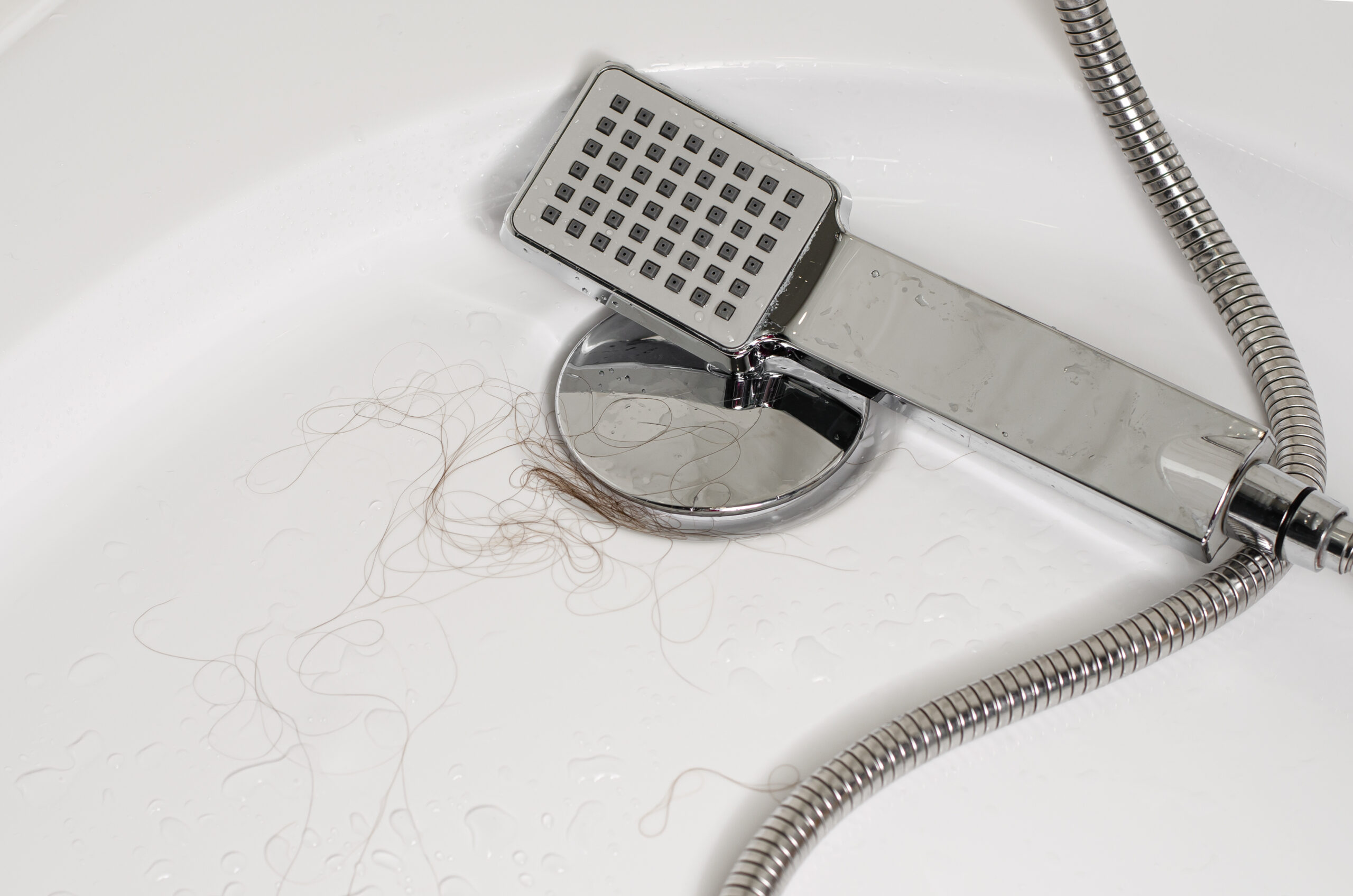Removing a bathtub drain cover is often the first step in fixing clogs or making plumbing repairs. This simple guide walks you through the process, helping you remove the cover safely and confidently so you can tackle your next bathroom project with ease.
How to Remove Bathtub Drain Cover
Taking off a bathtub drain cover might seem like a small task, but it’s often the first step to solving bigger issues like clogs, slow drainage, or prepping for repairs. Whether you’re dealing with a stubborn clog or just need to inspect your plumbing, knowing how to remove the drain cover properly can save you time and effort.
This guide will walk you through the process step by step, ensuring you can tackle the job safely and without causing any damage. By the end, you’ll feel confident handling different types of bathtub drain covers and ready to take on the next phase of your project.
Understanding the Different Types of Drain Covers
Not all bathtub drain covers are the same. Familiarizing yourself with the types makes removal easier.
- Lift-and-Turn Covers: These have a small knob on top that allows rotation.
- Push-Pull Covers: Operate by pushing down or pulling up.
- Toe-Touch Covers: Activated with a press of the foot.
- Flip-It Covers: Feature a toggle mechanism to open or close.
- Trip Lever Covers: Attached to a lever mechanism located on the tub wall.
Knowing the type of cover helps you choose the correct tools and technique.
Tools You’ll Need
- Flathead screwdriver
- Adjustable wrench
- Pliers (preferably needle-nose)
- Allen wrench (for covers with set screws)
- Rubber gloves
- Flashlight (for better visibility)
- Drain snake or plunger (optional for clog removal)
Having these tools ready ensures a smooth process.
Preparing Your Workspace
To avoid mess and accidents, prepare your workspace:
- Clean the Area: Remove any toiletries or items near the bathtub.
- Wear Protective Gear: Rubber gloves can protect your hands from dirt and sharp edges.
- Ensure Proper Lighting: Use a flashlight if your bathroom lighting is insufficient.
Preparation minimizes the risk of damaging the drain or cover.
Removing a Lift-and-Turn Drain Cover
Taking off a lift-and-turn drain cover is easier than you might think, and it’s a handy skill to have for routine maintenance. Start by finding the small screw at the base of the knob—this is what holds the cover in place. Using an Allen wrench, carefully loosen the screw. Be gentle to avoid stripping it. Once the screw is loose, twist the drain cover counterclockwise to detach it. Sometimes, the cover might feel stuck due to grime or wear. If this happens, don’t force it—try applying light pressure while turning, or use a cloth for a better grip. These extra steps can make the process smoother without causing any damage. With a little patience, you’ll have the drain cover removed in no time, ready to address whatever maintenance task is next.
Removing a Push-Pull or Toe-Touch Drain Cover
Removing a push-pull or toe-touch drain cover is straightforward with the right approach. For push-pull covers, start by pulling the stopper all the way up until you can see the screw underneath.
Use an Allen wrench to gently loosen the screw, then lift the stopper away from the drain. For toe-touch covers, press down on the stopper first to unlock its mechanism, then carefully unscrew and remove it.
While both types of covers share a similar removal process, paying attention to how their locking mechanisms work is key to avoiding any damage. If the stopper feels stuck, try wiggling it gently or using a cloth for better grip.
With just a little effort and the right tools, you can easily remove either type of drain cover and move on to cleaning, unclogging, or other maintenance tasks.
Dealing with Flip-It and Trip Lever Covers
Removing flip-it and trip lever drain covers requires slightly different approaches, but both can be managed with ease when you know the steps. Flip-it covers are the simplest to handle—just pull the cover upwards gently, and it should come right off.
Trip lever covers, on the other hand, involve a bit more effort. Begin by unscrewing the overflow plate on the tub wall, which holds the lever mechanism. Once the plate is removed, carefully pull out the linkage assembly, taking care not to lose any small parts along the way.
These types of covers are more mechanical, so handle them gently to avoid damaging any components. While flip-it covers are quick to remove, trip lever covers require a more methodical approach, but with patience, you’ll have them off in no time, ready to tackle your next plumbing task.
Cleaning and Maintaining Your Drain
With the drain cover removed, it’s the perfect time to give your bathtub drain a thorough cleaning. Start by clearing out any visible debris by hand or using a drain snake for deeper clogs.
Once the drain is clear, clean the cover itself with soap and water to remove grime or buildup. Take a moment to inspect both the drain and the cover for any signs of wear, like rust, cracks, or damage.
Addressing these issues early can save you from bigger problems down the road. Regular maintenance not only keeps your drain functioning smoothly but also extends its lifespan.
Make it a habit to clean and check your drain periodically to avoid clogs and ensure your bathtub stays in top shape. A little effort goes a long way in keeping everything running seamlessly.
Final Thoughts
Removing a bathtub drain cover might seem daunting at first, but it’s a task you can handle with a bit of preparation and the right steps. By identifying your drain type, gathering the necessary tools, and following this guide, you’ll have it done in no time.
If you encounter a particularly stubborn drain or a more complex setup, don’t hesitate to reach out to a professional plumber. Sometimes, a little expert help can save you time and ensure everything is handled properly without risking damage.
Whether you’re dealing with a clog, routine maintenance, or preparing for repairs, knowing how to remove a drain cover is a useful skill that makes managing your plumbing much easier. Take it one step at a time, and you’ll be able to tackle the job with confidence.






Share This Article
Choose Your Platform: